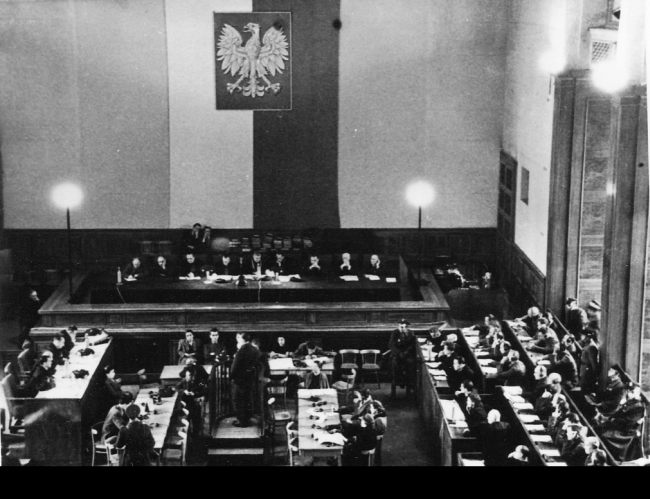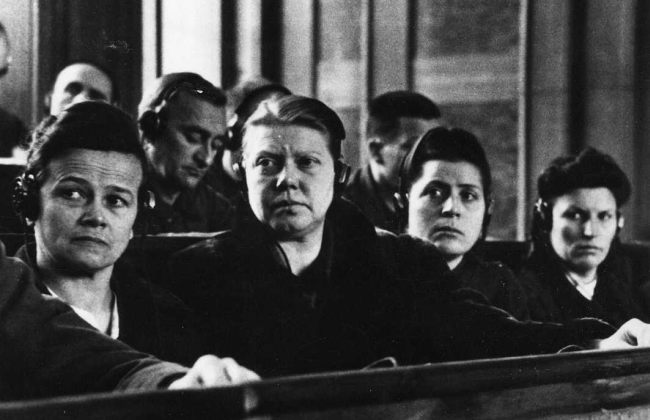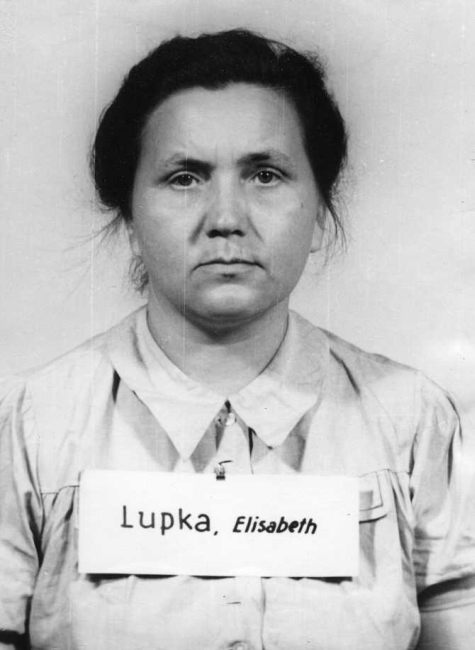Among almost two hundred female SS guards working in Auschwitz concentration camp between 1942 and 1945 only few were sentenced. The first legal act in Poland aimed at setting out legal procedures to chase and punish Nazi war criminals was the Decree of the Polish Committee of National Liberation (henceforth: PKWN) from August 31, 1944 “On the punishment of Nazi criminals for murdering and harassing civilians and members of military forces and punishing traitors of the Polish Nation.”
In order to bring major criminals who committed severe crimes on the occupied territory of Poland to justice and punish them, the Highest National Tribunal was established by the Decree from January 22, 1946. One of the first trials of the Tribunal in post- war Poland were the proceedings conducted against the former staff members of Auschwitz concentration camp. The trial took place in Cracow between November 24 to December 16, 1947.



